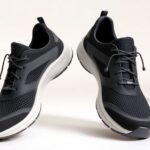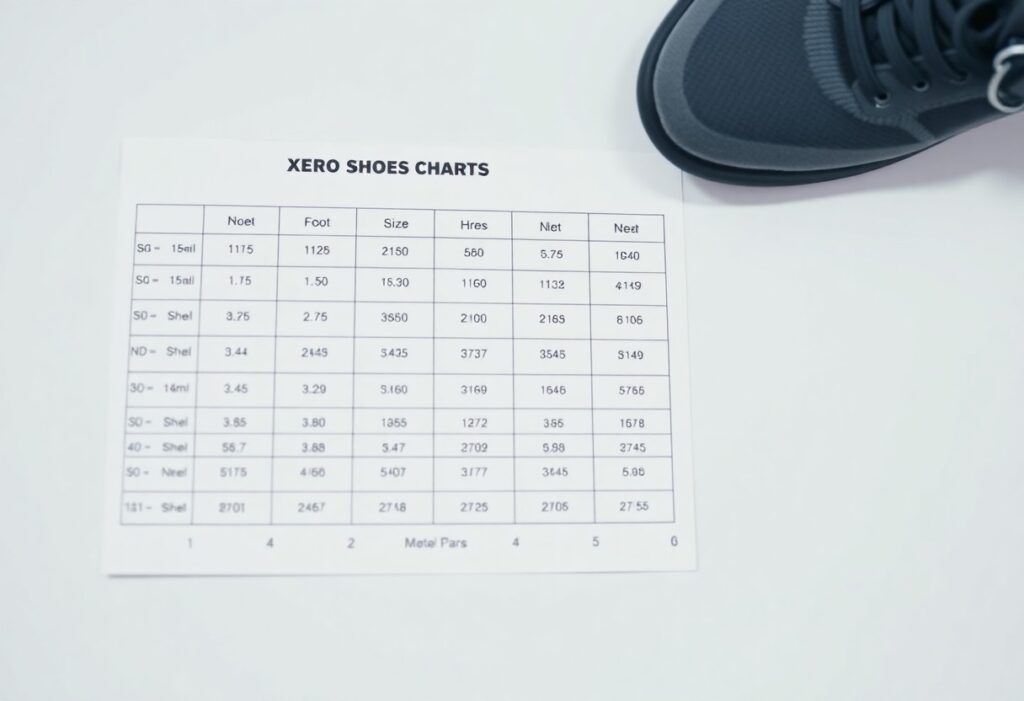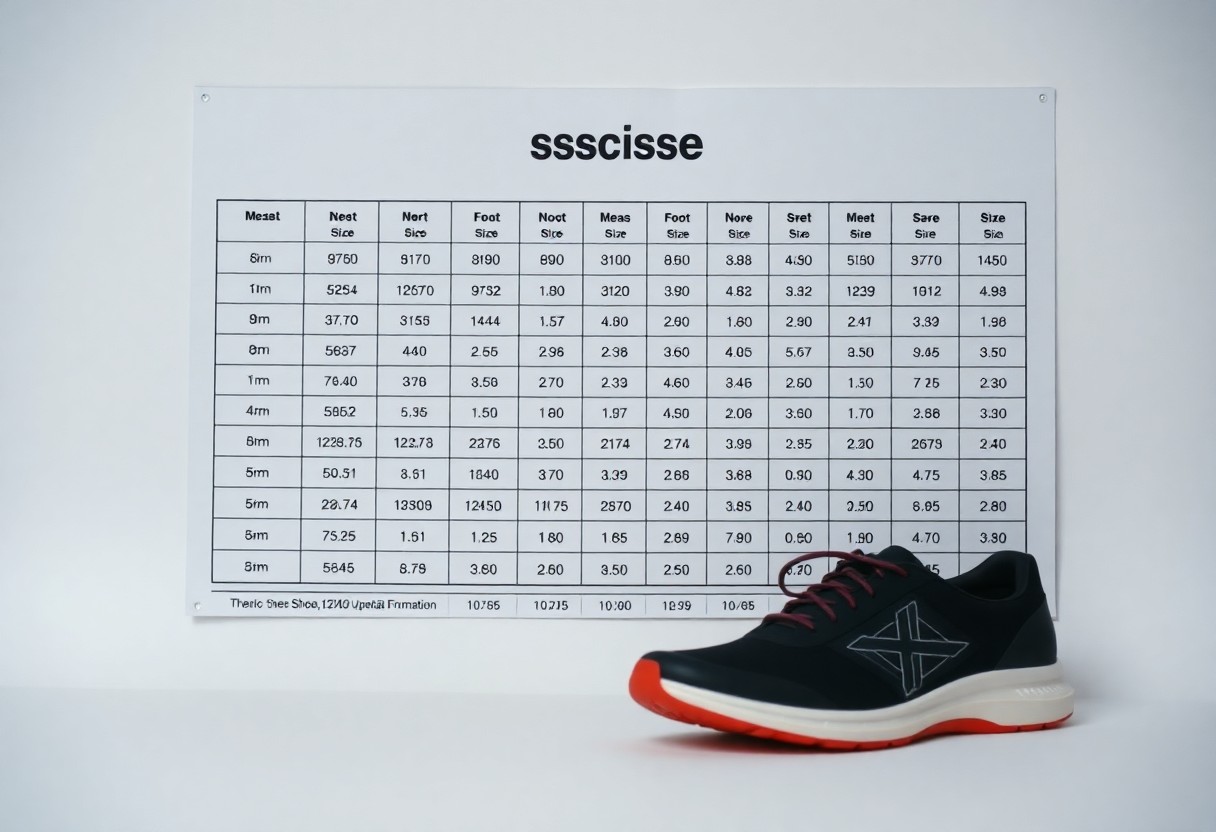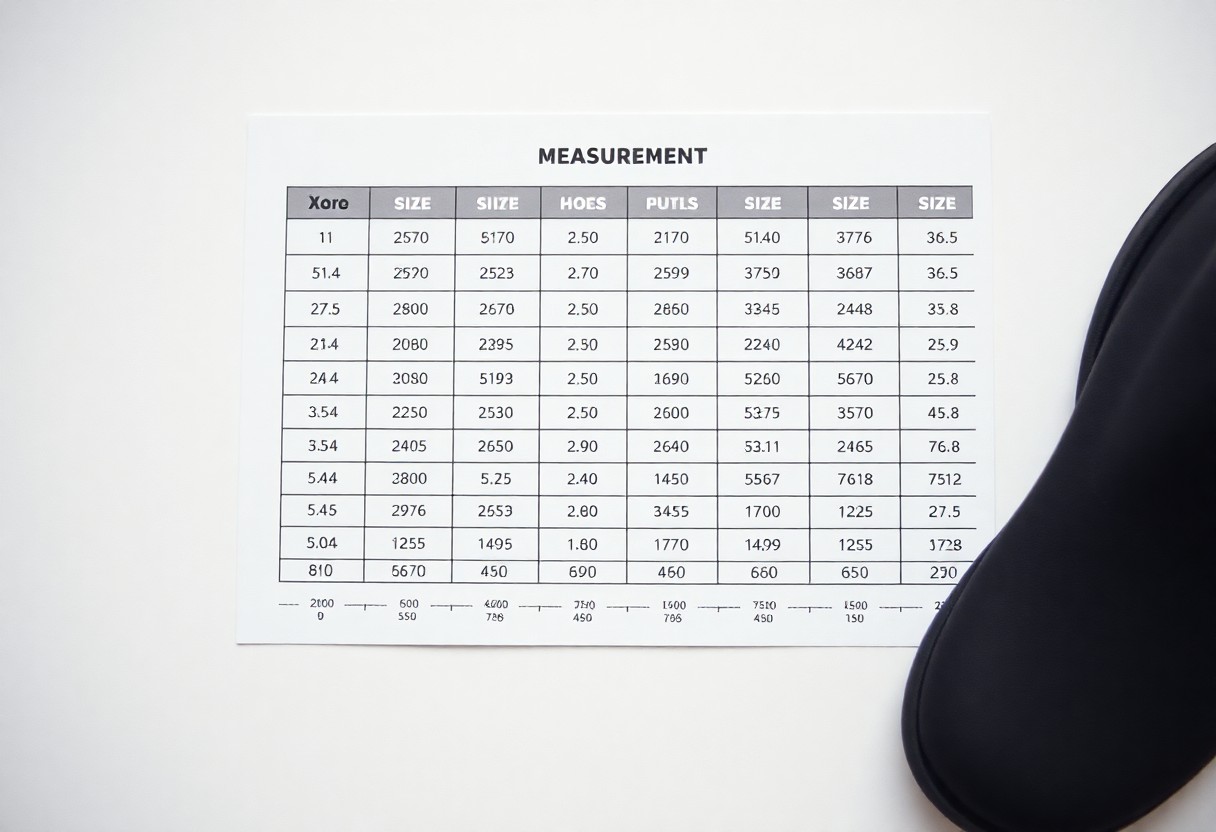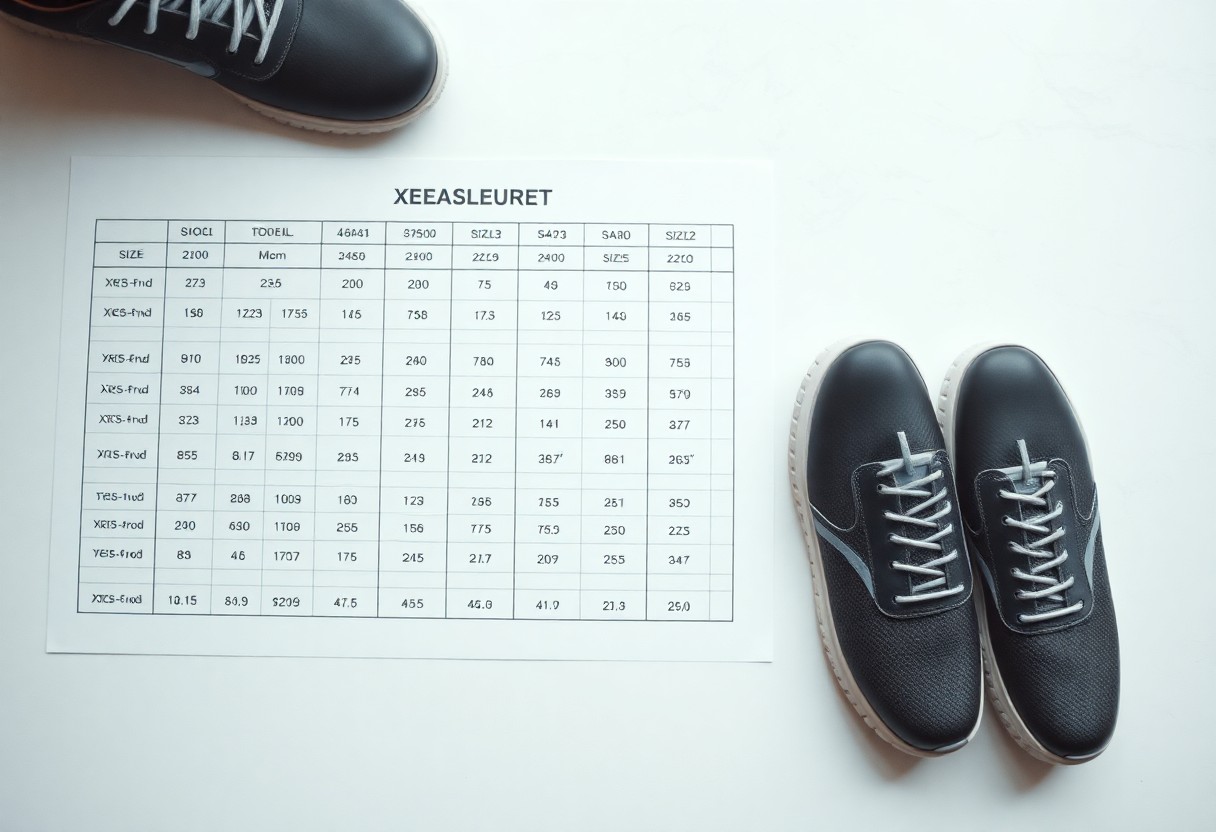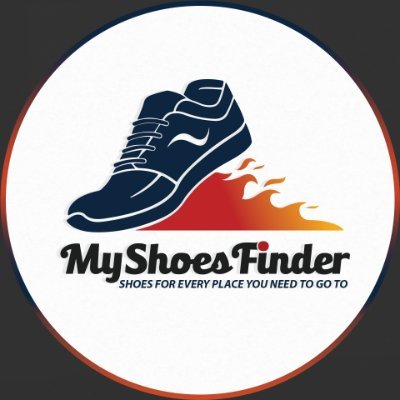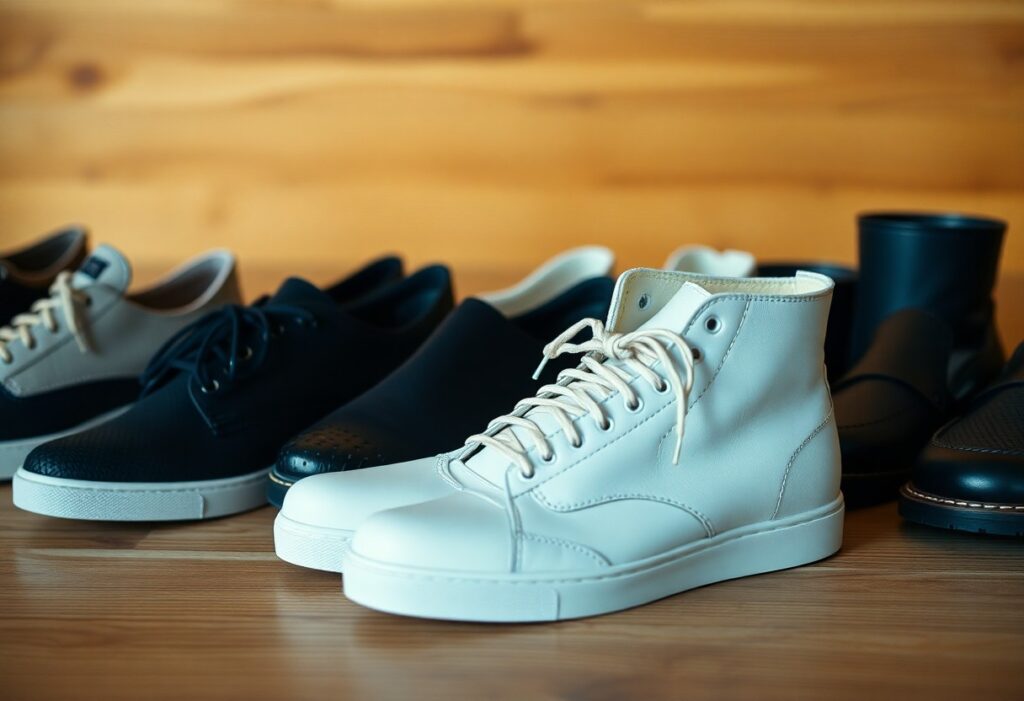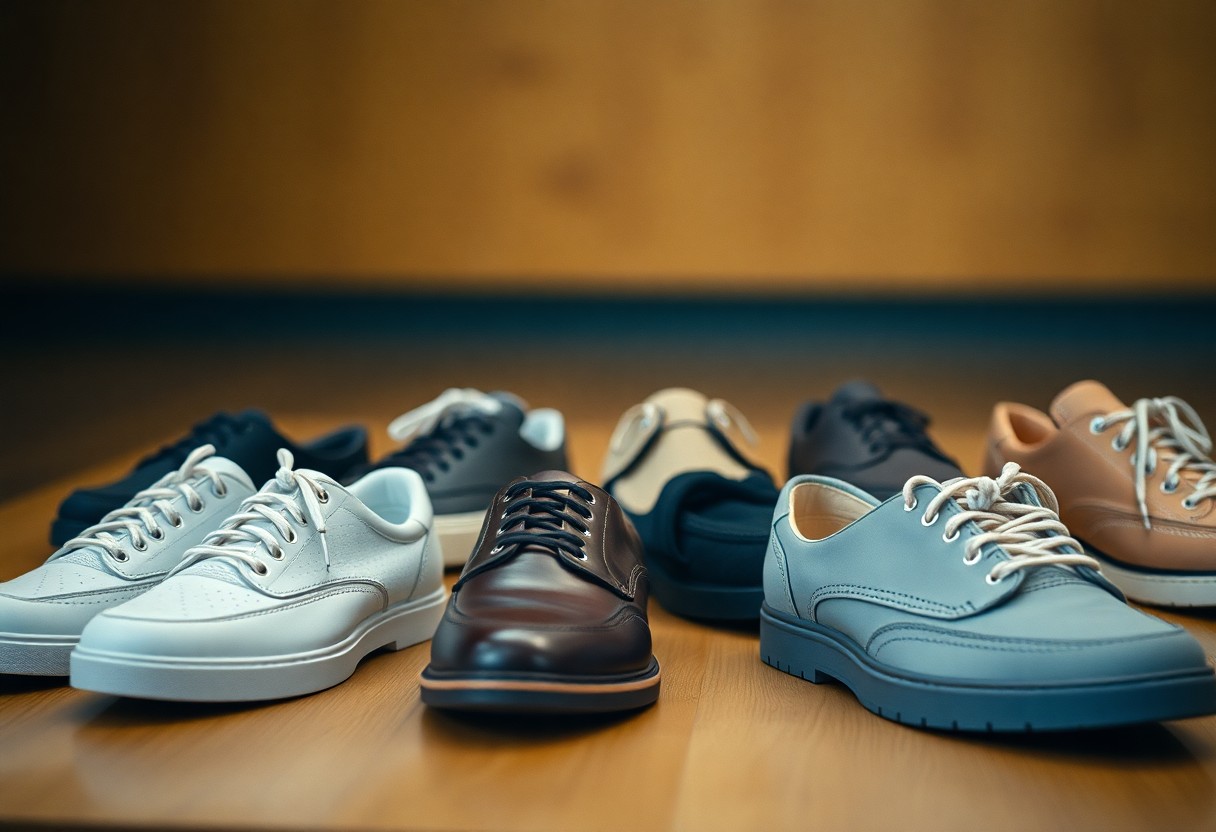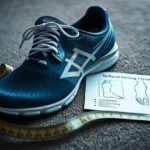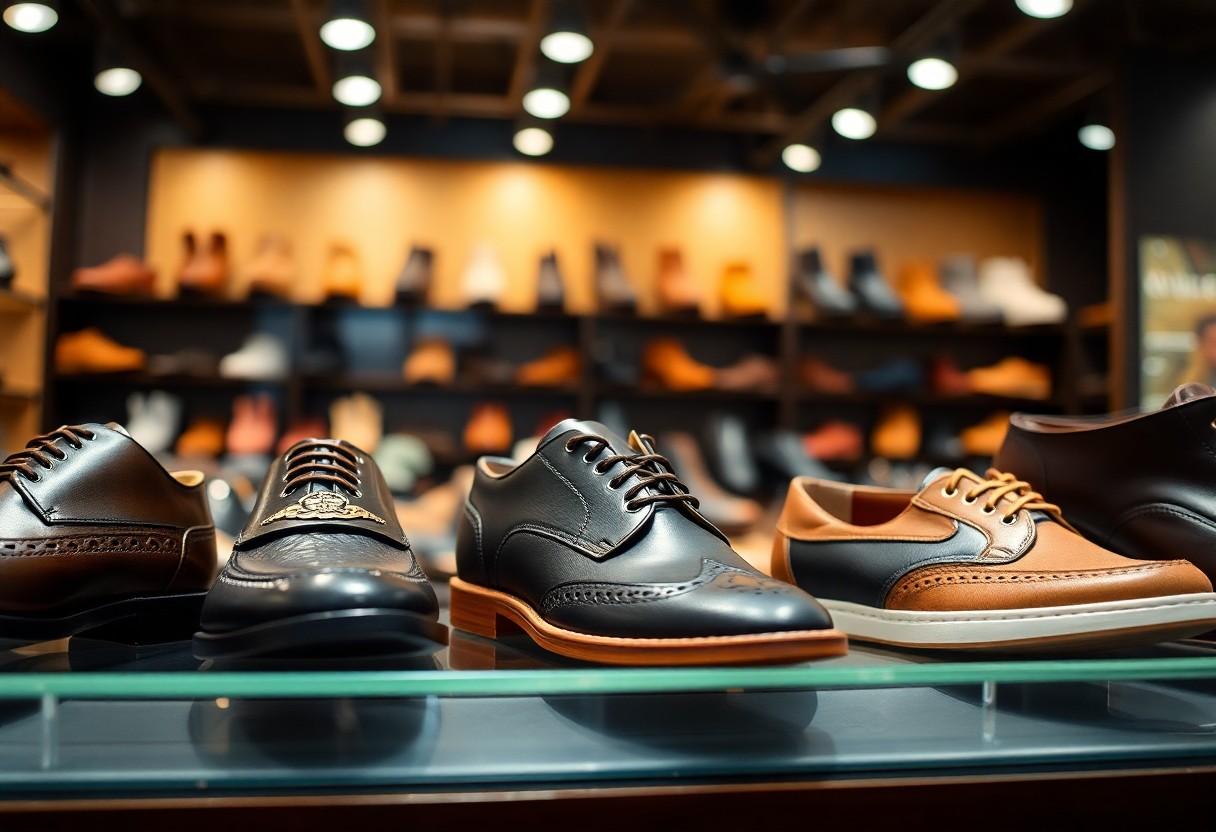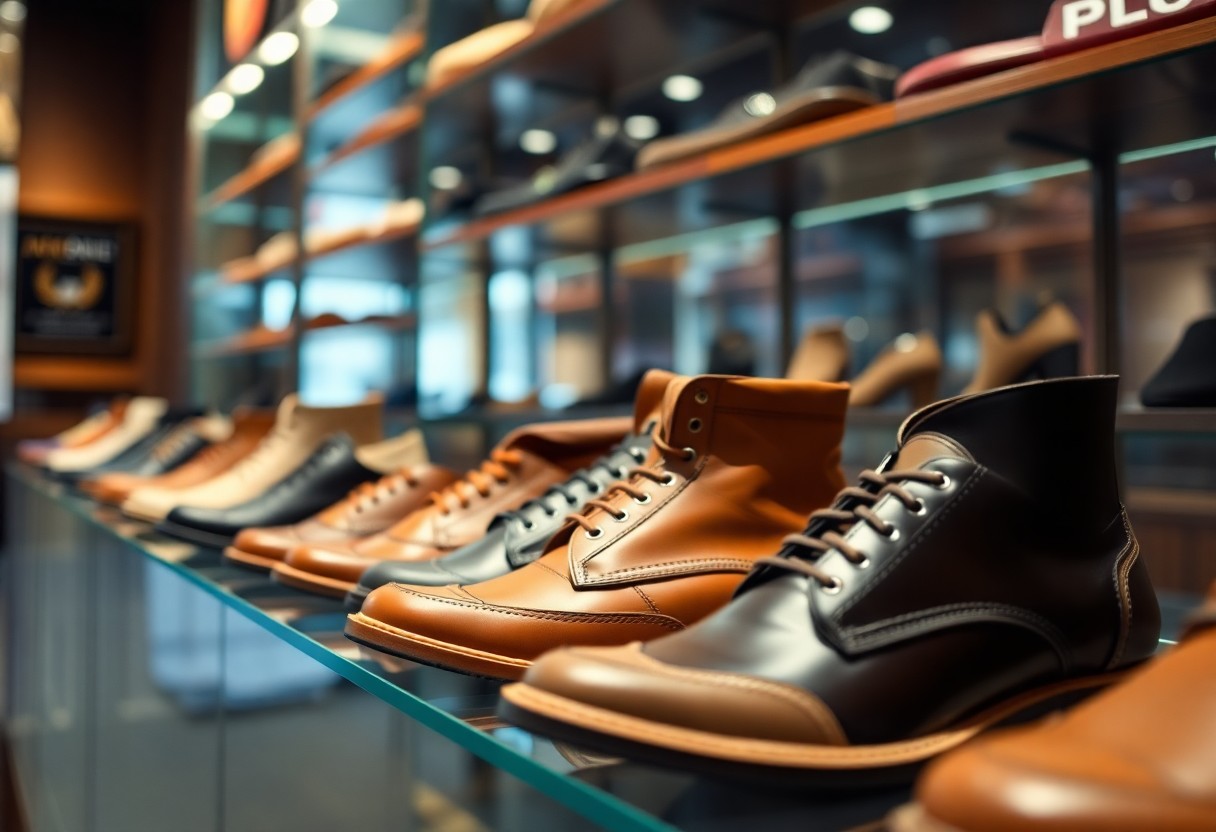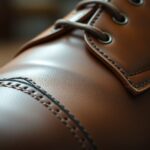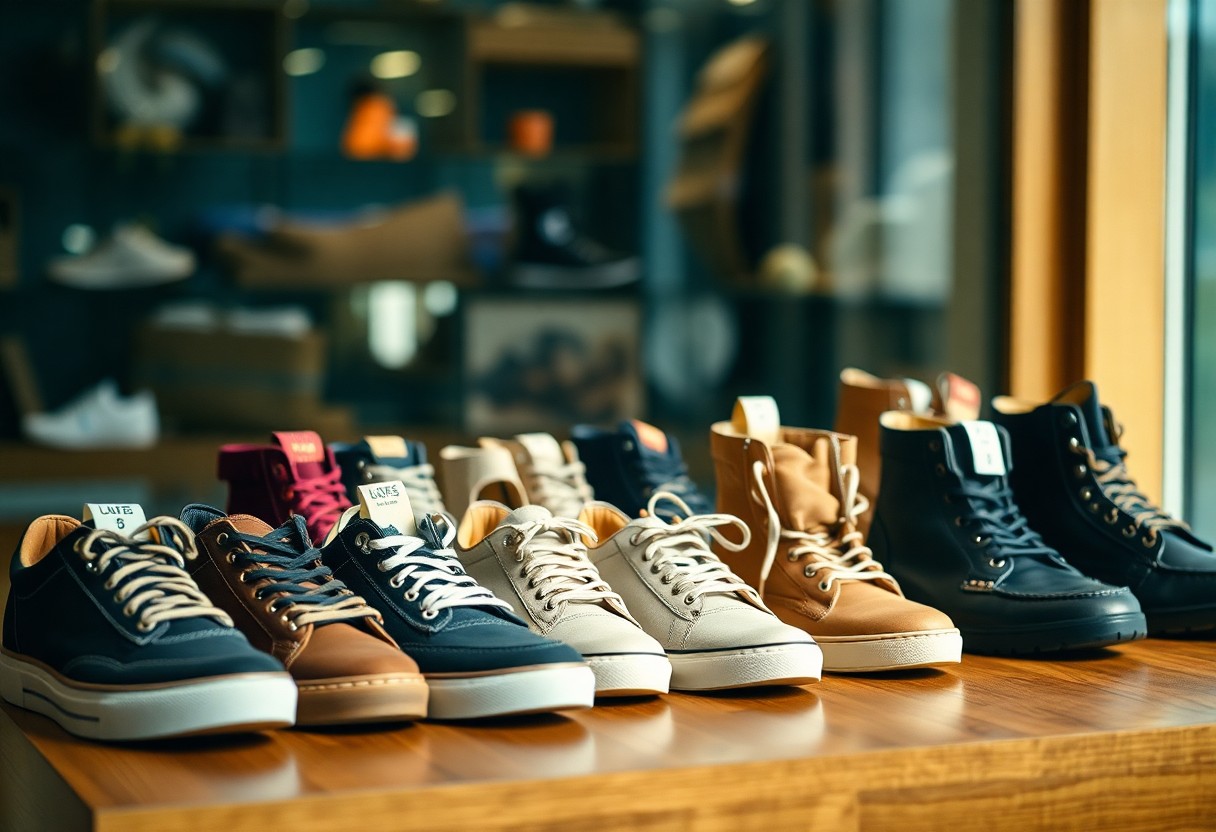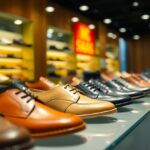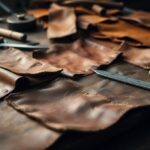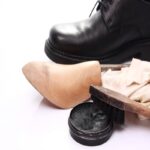Explore the Innovative Cushioning Technologies of Xero Shoes
Understanding the Unique Characteristics of Xero Shoes
Xero Shoes represent a groundbreaking range of minimalist footwear meticulously crafted to emulate the genuine feeling of being barefoot while still offering necessary protection. These shoes are specifically designed to facilitate natural foot movement and bolster foot strength, making them a favorite among runners, hikers, and fitness aficionados. Unlike conventional footwear, Xero Shoes feature an incredibly lightweight design that aligns with the natural biomechanics of the foot, allowing for a more instinctive connection to the ground. This unique construction not only enhances athletic performance but may also contribute to better foot health over time. Whether you are navigating bustling urban streets or conquering rugged hiking trails, Xero Shoes are ideal for anyone seeking a harmonious blend of comfort and minimalism in their footwear choices.
Examine the Wide Range of Cushioning Options Available in Xero Shoes
Xero Shoes offer a diverse array of cushioning options to cater to different preferences, ranging from minimal cushioning to more substantial choices. Understanding the various types of cushioning is essential for selecting the perfect shoe that fits your individual needs. For example, some models incorporate thicker soles that provide superior shock absorption and comfort, making them ideal for long-distance activities. Conversely, other designs emphasize a lower profile that enhances ground feedback, catering to those who prefer a more natural sensation underfoot. This extensive selection ensures that every user can find a shoe that aligns with their lifestyle, whether that involves leisurely strolls, rigorous workouts, or exciting trail runs.
Key Advantages of Minimalist Cushioning in Your Footwear
Minimalist cushioning in Xero Shoes encourages natural foot movement, which is crucial for strengthening the intrinsic muscles of the feet and promoting overall foot health. This form of cushioning is particularly beneficial for individuals transitioning to barefoot-style running or walking. By fostering a more natural gait, users often experience reduced impact on their joints and a diminished risk of injuries. The minimalist design promotes the engagement of foot muscles, leading to enhanced posture and alignment. As a result, many users report significant improvements in their performance across various activities, such as running and hiking, due to the supportive features seamlessly integrated into Xero Shoes.
Expert Guidance on Selecting the Optimal Xero Shoes with Ideal Cushioning
Factors That Influence the Cushioning in Xero Shoes
The level of cushioning found in Xero Shoes is primarily dictated by the thickness and material composition of the sole. Thicker soles typically provide superior comfort and shock absorption while maintaining the minimalist essence for which Xero Shoes are well-known. Key factors influencing cushioning include:
- Sole Thickness: Thicker soles generally deliver enhanced shock absorption, contributing to increased comfort.
- Material Composition: The choice of materials can greatly affect both comfort and durability.
- Design Features: Aspects such as heel-to-toe drop and arch support significantly influence overall cushioning.
- Intended Use: Different activities may necessitate varying levels of cushioning for optimal performance.
Grasping these components can help you select the most suitable pair for your needs, whether you’re a dedicated runner or someone who enjoys casual walks.
How Do Professionals Evaluate the Cushioning Quality of Xero Shoes?
Professionals routinely assess the cushioning of Xero Shoes through thorough evaluations of comfort, durability, and performance. They conduct extensive testing and gather user feedback to provide reliable ratings. For instance, many reviewers have praised the “Prio” model for its exceptional balance between cushioning and minimalism. Similarly, the “HFS” is frequently recognized for its ability to maintain comfort during prolonged wear while still delivering essential ground feedback. These expert evaluations provide invaluable insights for consumers seeking to invest in high-quality footwear that meets their distinct requirements.
Recommended Xero Shoe Models for Optimal Cushioning by Experts
Experts consistently endorse specific models of Xero Shoes that offer enhanced levels of cushioning, particularly beneficial for beginners or those transitioning from traditional footwear. Models such as the Xero Shoes “Prio” and “HFS” frequently receive accolades for their thoughtful, user-friendly design. The “Prio” features a versatile sole that accommodates a variety of activities, making it a preferred choice among both runners and casual wearers. Meanwhile, the “HFS” is celebrated for its superior cushioning, meticulously engineered to support longer distances without sacrificing the minimalist experience. These expert endorsements are grounded in evaluations, ensuring that users can confidently choose footwear that meets their unique needs.
Discover the Benefits of Choosing Highly Cushioned Xero Shoes
How Does Enhanced Cushioning Contribute to Increased Comfort?
Improved cushioning in Xero Shoes can significantly elevate comfort levels by providing additional padding and enhanced shock absorption. This feature is especially advantageous for individuals engaged in extended walking or running sessions. The extra cushioning aids in reducing fatigue in your feet during long activities, allowing for sustained performance levels. Moreover, those with sensitive feet or individuals transitioning from traditional shoes will find that the added padding facilitates a smoother adjustment process. With greater comfort, users often report a more enjoyable experience during various activities, from daily errands to adventurous outings on challenging trails.
Can Increased Cushioning Result in Enhanced Performance?
Absolutely, enhanced cushioning can greatly improve performance by minimizing fatigue and enabling users to engage in activities for longer durations. The additional support and shock absorption provided by cushioned Xero Shoes can lessen the impact on your feet and joints, ultimately decreasing the risk of injuries during high-impact activities. Consequently, runners and athletes may discover that they can push their limits further, experiencing improved endurance and speed. Achieving the right balance between comfort and performance is vital, and well-cushioned shoes can aid in reaching this balance, making them an excellent choice for individuals seeking to elevate their physical capabilities.
Activities That Benefit Most from Using Cushioned Xero Shoes
Cushioned Xero Shoes are particularly well-suited for activities that require long wear and exceptional impact absorption. Long-distance running, hiking, and everyday wear are all ideal scenarios for these shoes. They provide the necessary support and comfort essential for such demanding endeavors while still retaining the inherent benefits of minimalist footwear. Whether you are traversing rugged terrains or leisurely strolling through city streets, cushioned Xero Shoes deliver an experience that harmonizes support with natural foot functionality, allowing you to engage in various activities without discomfort.
How Does Enhanced Cushioning Influence Foot Health?
Incorporating additional cushioning into your footwear can positively affect foot health by alleviating stress on joints and muscles. This cushioning is particularly vital for individuals recovering from injuries or seeking to prevent chronic issues like plantar fasciitis. With enhanced support, the likelihood of overuse injuries diminishes, fostering a healthier and more resilient foot structure. Furthermore, cushioned Xero Shoes can help facilitate proper alignment during different movements, improving overall foot biomechanics. As a result, users often report increased comfort and reduced pain, contributing to improved long-term foot health.
Are There Any Potential Drawbacks to Wearing Highly Cushioned Xero Shoes?
While increased cushioning presents many benefits, it may also come with certain drawbacks. A higher level of cushioning can reduce ground feel and proprioception, both critical elements of minimalist shoes. This reduction might lead to a reliance on the additional support, potentially undermining the natural strength and agility that minimalist footwear aims to promote. Thus, it is essential to find a balance when selecting cushioned models to ensure that you continue to experience the natural foot movement that Xero Shoes advocate. Users should remain cognizant of these factors when choosing their footwear to preserve the essence of minimalist running and walking.
Research-Backed Insights on the Most Cushioned Xero Shoes
What Does Scientific Research Indicate About Cushioning and Foot Health?
Research supports the idea that the appropriate level of cushioning can significantly enhance foot health. Studies show that sufficient cushioning can reduce impact forces while promoting natural foot movement. These studies often analyze various cushioning levels to assess their effects on foot biomechanics, revealing that moderate cushioning can effectively balance comfort with the natural functioning of the foot. This balance is crucial for injury prevention and facilitating a seamless transition to minimalist footwear. As the minimalist footwear movement continues to evolve, ongoing research is likely to provide further insights into the intricate relationship between cushioning and foot health.
How Does Cushioning Influence Running Efficiency?
Cushioning in Xero Shoes plays a pivotal role in optimizing running efficiency. Shoes equipped with thoughtfully designed cushioning can boost running performance by providing comfort without sacrificing the natural foot motion vital for effective strides. Studies have indicated that runners using shoes with strategically placed cushioning experience less fatigue and can sustain their pace over extended distances. This equilibrium can result in enhanced overall performance, enabling athletes to focus on their technique rather than discomfort often associated with longer runs. Understanding the impact of cushioning on running efficiency can guide users in selecting shoes tailored to their specific needs.
What Long-Term Advantages Can You Gain from Wearing Cushioned Xero Shoes?
Long-term usage of cushioned Xero Shoes can yield several benefits, including enhanced foot strength, improved posture, and a reduced risk of common foot ailments. As users incorporate these shoes into their daily lives, they often report stronger feet due to the supportive yet minimalist design that encourages natural movement. Additionally, consistent use can promote better posture by ensuring proper alignment and alleviating muscle strain. These advantages underscore the importance of selecting the right footwear for both immediate comfort and long-term health, making cushioned Xero Shoes a wise investment for individuals prioritizing foot wellness.
Guidelines for Selecting the Ideal Cushioned Xero Shoes for Your Needs
Key Factors to Consider When Making Your Purchase
When choosing cushioned Xero Shoes, several critical factors must be evaluated to ensure a proper fit and alignment with your unique requirements. Consider the type of activity you will engage in, your foot shape, and your personal comfort preferences. For instance, individuals focused on long-distance running may prioritize shoes with enhanced cushioning, while casual walkers might prefer models that balance comfort with ground feel. It is equally important to assess your existing foot conditions; those with specific issues may require more specialized support. Striking the right balance between cushioning and the minimalist attributes inherent to Xero Shoes is crucial for an optimal wearing experience.
How to Determine the Right Level of Cushioning for Your Specific Needs
Determining the appropriate level of cushioning involves careful consideration of your foot sensitivity, the activities you plan to undertake, and your experience with minimalist footwear. Start by assessing how your feet respond to different cushioning levels—this will guide you toward the most suitable option. If you are new to minimalist shoes, beginning with models that offer moderate cushioning can help facilitate the transition. Moreover, consider the intensity and duration of your planned activities; longer, more intense sessions may necessitate increased cushioning for optimal support. Trying on various models can assist you in pinpointing the perfect fit, ensuring an enjoyable experience with your Xero Shoes.
Best Practices for Trying on Xero Shoes Effectively
Successfully trying on Xero Shoes involves adhering to several best practices to ensure a proper fit and maximum comfort. Start by wearing them indoors to evaluate their initial feel. Gradually increase the time you wear them to allow your feet to acclimate to the new sensations. Pay close attention to your feet’s reactions; if you feel any discomfort, reconsider the model or size. It may also be beneficial to walk or run on various surfaces to assess their performance. Here’s a concise checklist for a successful fitting of Xero Shoes:
- Wear them indoors for short durations to evaluate comfort.
- Gradually increase wear time as your feet adapt to the fit.
- Test them on different surfaces to assess overall performance.
- Monitor your body’s responses; adjust sizes or models as necessary.
By following these practices, you can enhance your transition to Xero Shoes while ensuring that you choose a model that seamlessly fits your lifestyle.
Practical Strategies for Choosing Xero Shoes with Optimal Cushioning
How to Maximize the Advantages of Your Cushioned Xero Shoes
To fully leverage the benefits of cushioned Xero Shoes, it is crucial to emphasize regular use, proper fit, and engagement in activities that foster foot health. Ensure that you select the correct size to avoid discomfort that could detract from your experience. Additionally, incorporating foot-strengthening exercises into your routine will complement the support offered by your shoes. Listening to your body is equally important; if you encounter any discomfort, reassess your footwear choice or consult with a specialist. Here are some actionable steps to maximize the advantages of your cushioned Xero Shoes:
- Wear your Xero Shoes consistently to help your feet adapt.
- Incorporate exercises that strengthen your feet into your routine.
- Consult with footwear experts for proper fitting guidance.
- Be attentive to any discomfort and make necessary adjustments.
By implementing these strategies, you can enhance your overall experience and fully benefit from the unique features of your cushioned Xero Shoes.
Common Pitfalls to Avoid When Using Cushioned Xero Shoes
Common mistakes made by users of cushioned Xero Shoes can significantly hinder their experience. One frequent issue is an over-reliance on cushioning, which can create a disconnect from the natural ground feel that minimalist shoes are designed to provide. Neglecting foot-strengthening exercises may also impede overall foot health and performance. Furthermore, improper sizing can lead to discomfort and diminish the effectiveness of the cushioning. Steering clear of these pitfalls will enhance your experience and help you maximize the benefits of your footwear. Being aware of these factors ensures that you fully reap the advantages offered by Xero Shoes.
Essential Maintenance Practices for Caring for Your Cushioned Xero Shoes
Proper maintenance of cushioned Xero Shoes is vital for ensuring their longevity and sustained comfort. Regular cleaning is essential to prevent dirt buildup, which can compromise the materials. Store your shoes in a cool, dry environment to maintain their structural integrity and avoid exposure to extreme conditions. Furthermore, routinely inspect the soles for signs of wear and replace them when significant deterioration is observed. This proactive approach will help preserve the comfort and performance of your Xero Shoes. Here are some expert maintenance tips:
- Clean your shoes regularly using mild soap and water.
- Store them in a cool, dry place to prevent damage.
- Regularly check the soles for wear and replace as necessary.
- Avoid exposing shoes to extreme temperatures.
By adhering to these maintenance practices, you can ensure that your cushioned Xero Shoes continue to perform at their highest level.
Top Xero Shoe Models Known for Their Superior Cushioning
When exploring Xero Shoe models recognized for their cushioning, the “Z-Trail” and “Prio” emerge as standout options due to their thoughtful design and positive user feedback. The “Z-Trail” features an enhanced cushioned sole that remains lightweight, making it ideal for hiking and all-day wear. Conversely, the “Prio” is celebrated for its versatility, offering an excellent balance of cushioning and minimalism, appealing to both casual users and serious athletes. Understanding the unique attributes of these models enables users to make informed choices that align with their specific needs while still enjoying the benefits of minimalist footwear.
How Does Cushioning in Xero Shoes Impact Your Foot Health?
Cushioning in Xero Shoes plays a crucial role in enhancing foot health by providing essential support while encouraging natural foot movement. Adequate cushioning helps absorb shock during physical activities, effectively reducing the risk of injury and discomfort. This supportive feature allows the foot to function optimally, promoting better biomechanics. Over time, users may notice increased strength and resilience in their feet, contributing to improved overall foot health. As more individuals embrace the advantages of minimalist footwear, understanding the importance of cushioning becomes increasingly vital. Selecting the appropriate level of cushioning can positively influence your performance and safeguard your long-term foot health.
Frequently Asked Questions About Xero Shoes
What Unique Features Differentiate Xero Shoes?
Xero Shoes are widely acclaimed for their minimalist design that mimics the sensation of being barefoot, promoting natural foot movement and strength.
Which Xero Shoe Models Offer the Most Cushioning?
Models such as the Xero Shoes “Prio” and “HFS” are often highlighted for their superior cushioning, ensuring comfort while retaining the minimalist feel.
Are Xero Shoes Suitable for Everyday Use?
Absolutely, Xero Shoes are designed for versatility and can be effectively used for a variety of daily activities, including walking, running, and casual outings.
How Can I Determine If I Need More Cushioning in My Shoes?
If you experience discomfort or fatigue during physical activities, or if you are transitioning from traditional footwear, selecting more cushioning may be advantageous.
Can I Use Xero Shoes for Hiking?
Yes, certain models of Xero Shoes, such as the “Z-Trail,” are specifically engineered for hiking, providing both cushioning and support for rugged terrains.
When Should I Replace My Xero Shoes?
It is advisable to replace your Xero Shoes when you notice significant wear on the soles or if you begin to feel discomfort during use.
Can Cushioned Xero Shoes Alleviate Foot Pain?
Cushioned Xero Shoes can help reduce foot pain by providing support and shock absorption, particularly for those recovering from injuries or dealing with chronic issues.
Do I Need to Break in My Xero Shoes?
While Xero Shoes are crafted for immediate comfort, gradually increasing wear time can assist your feet in adjusting to the minimalist design.
What Key Features Should I Consider in Cushioned Xero Shoes?
When selecting cushioned Xero Shoes, consider factors such as sole thickness, material composition, and design elements that cater to your intended activities.
How Can I Properly Care for My Xero Shoes?
To maintain your Xero Shoes, clean them regularly, store them appropriately, and monitor for signs of wear to ensure longevity.
The Article Xero Shoes with the Most Cushion: Your Ultimate Guide appeared first on My Shoes Finder
The Article Most Cushioned Xero Shoes: Your Complete Guide Was Found On https://limitsofstrategy.com

